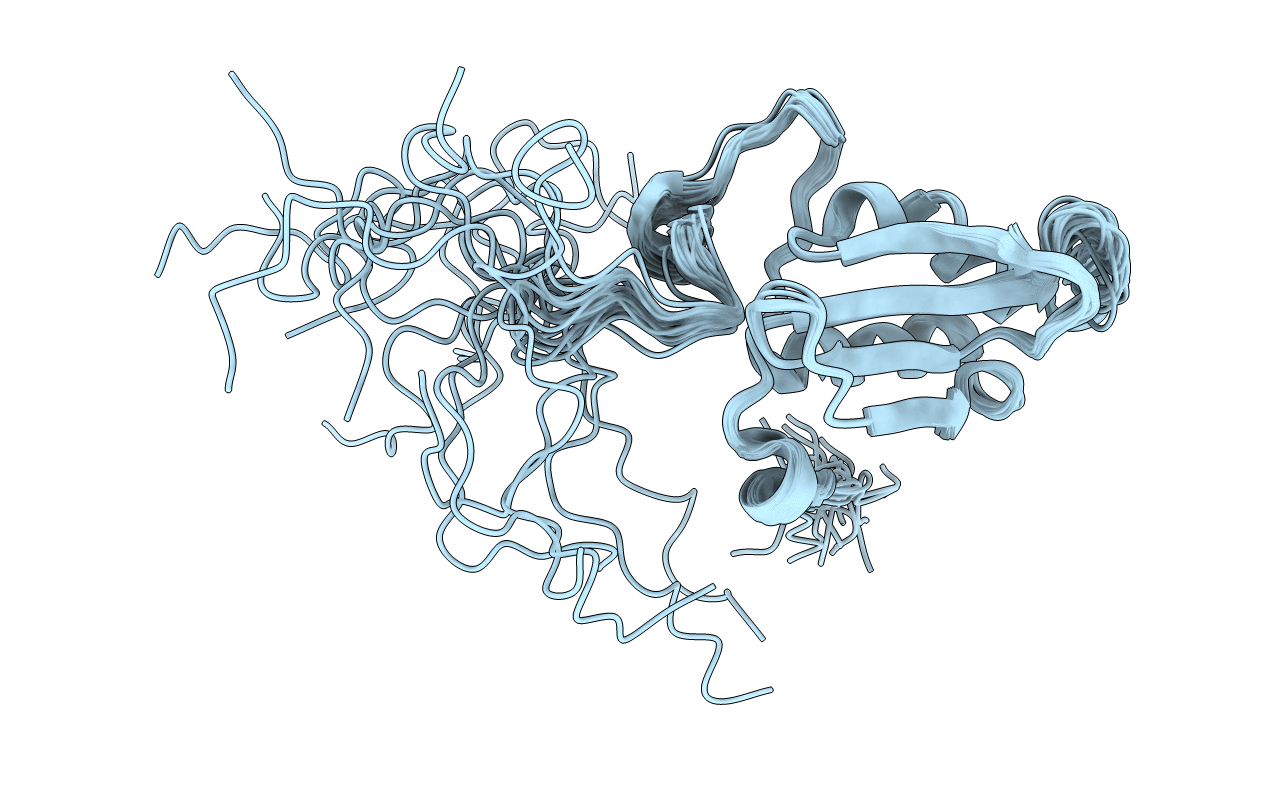
Deposition Date
2005-06-22
Release Date
2005-12-06
Last Version Date
2024-10-30
Method Details:
Experimental Method:
Conformers Calculated:
1000
Conformers Submitted:
20
Selection Criteria:
structures with the lowest energy


